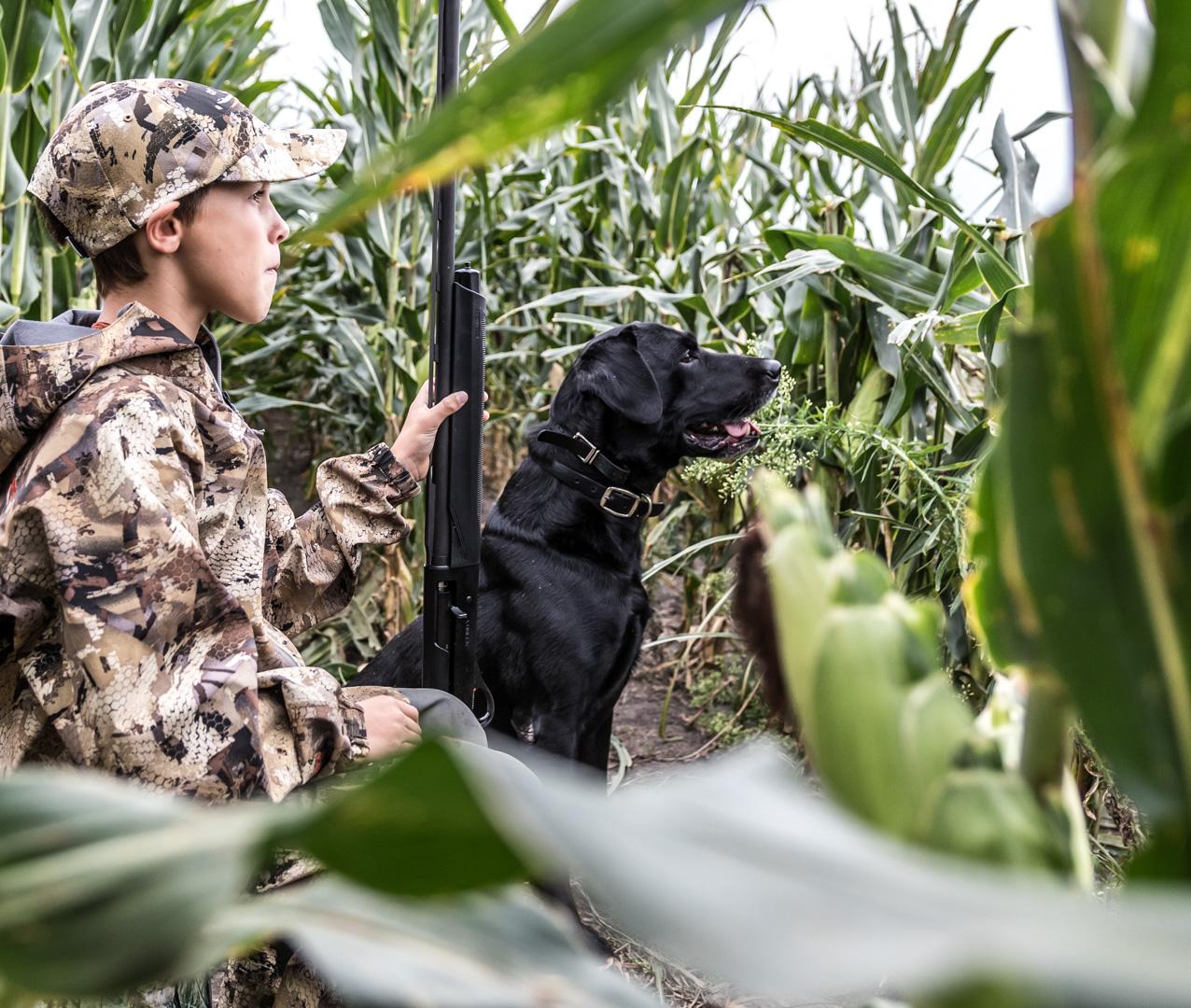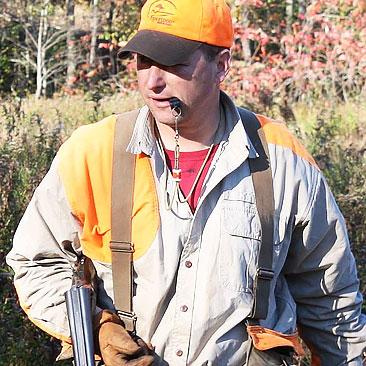
Holding your Children’s Attention When They Are Young
Posted by Tom KeerWhen my daughter and son were younger, they both wanted to be firefighters. That passion arose after our local Fire Chief Joe and his crew visited their school. The demonstration included an inspection of the fire engine, the helmets, the axes and pike poles, and the siren. I thought about the impact the firefighter’s visit had upon them, and the revelation came to me to break down that visit and incorporate a similar series of demonstrations into my hunting tutorials. Several years later, it’s been working like a charm.
Make it Tangible. What was it that made the fireman’s visit to my children’s school so motivating and inspirational? It was the problem/solution programme that was easy for them to grasp, as in a fireman puts out a fire. Try to explain that you’re a marketing expert and you’ll watch their eyes glaze over.
As you go through the process of teaching hunting to children, always make each event tangible in a way your child can understand. Here are some examples that might inspire them to get really excited about bird hunting.
Reinvent Yourself. Step outside of the teacher role, move away from the occasionally authoritarian position of a parent, and become more of a mentor. Out in the field is where the magic happens. It’s where the dog that a child perceived as a “pet” becomes a mythical hunting creature. It’s where a father, an uncle or a friend makes shots that will be discussed for decades and passed down as part of a tradition. Show them about flora and fauna and how it all works together (seeps mean moist soil, earthworms like damp soil, woodcock like earthworms, and the like).
A child going hunting with you is really a sign that they admire you and want to spend more time with you. You can rib your mates for being late and take the mickey when they miss a shot, but say that to a kid and they’ll stay at home and play video games.
Reward good behaviour, correct bad behaviour. The easiest way to get a child to routinely perform well is to reward their good behaviour. Children like the praise and a simple compliment lets them know they’re on the right track. The flip side is a bit more difficult, and that is how to handle something that isn’t right.
Many of us hear a comment such as “you missed that bird because you stopped your swing.” The key phrases in that sentence are “missed the bird” and “stopped your swing.” Children become confused about what to do. They observed you shoot the flushing grouse so they understand the objective is to hit the bird and they didn’t. Say “next time, keep your swing going through the bird and squeeze the trigger.”
Another common source of tension is lost or broken gear. Take a deep breath and avoid saying 'you shouldn’t have been messing about with those shooting glasses, they’re not a toy.' Replace those sentiments with 'next time, pack a spare pair of shooting glasses.' Tell them what you want them to do and when they do it, praise them.
Pre-Hunt Scouting. As all hunters know, finding new covers to replace the lost or overgrown haunts is an ongoing exercise. We’ll add mountain biking and orienteering to the mix. Riding down logging roads or on paths through the woods is a family favourite. When we find something that looks good we’ll name the cover and mark its location on a topo map or store it in a GPS for future reference. The combination of biking and orienteering is fun for all, and it ties the children into the hunting process that occurs later on. Finding birds in their covers brings the process full-circle.
The Hunt.Hunting with children is very different to hunting with mates. Allocate a shorter period of time for the children, perhaps a half-day or just a few coverts. Also choose coverts that are suitable for their abilities. I ensure that they have clear protective glasses and clothes that fit well. A pair of adult-sized boots worn with three pairs of socks will chafe a child’s feet and they won’t want to go again if they get blisters.
After birds are down I’ll task each of them with marking the downed birds and for sexing the birds (they run for the grouse tails and always carry a pound note for woodcock beaks). We’ll examine the wear patterns on the woodcock wings, check out the crop of a grouse to see what they’re feeding on, and then snap a few pictures to commemorate the hunt.
Post-Hunt Activities. The time following the hunt traditionally teaches responsibility, and I also use it to prepare for the next hunt. Usually, the children are eager to rush to the phone to tell their mates about the day, and they're allowed to do that once the dogs are tended to and fed, the firearms are cleaned and stored away, and the birds are prepared. We divide tasks according to each person's inclination. My daughter enjoys plucking feathers for winter fly-tying or for making Christmas decorations. She once crafted a Halloween mask from grouse and pheasant tail feathers that was the talk of her class. My son relishes getting mucky, so he's in charge of cleaning the birds. We turn this into a lesson in biology, discussing the different organs and their functions. A particular highlight was finding a woodcock with an earthworm still dangling from its beak, which demonstrated the entire feeding process.
And then comes the cooking. We’ll always prepare a few favourites, but the season is long enough to experiment with a number of new recipes. Lastly, we print out photos that they shot and place them in an album of the season. The photos don’t just chart the birds and the dogs. Our kids can see themselves grow up before their own eyes.
If you make hunting enjoyable, chances are quite high that in a few years you'll have built-in hunting mates who will go from dawn till dusk. And if they're better than you in all respects, well, then you've done your job properly.

Tom Keer
Tom Keer is an award-winning writer, columnist and blogger who regularly writes for over a dozen outdoor magazines. He owns The Keer Group, a full-service, outdoor marketing company and hunts and fishes with his wife and children. Don't hold it against him, but he's a setter chap. Visit him at...
